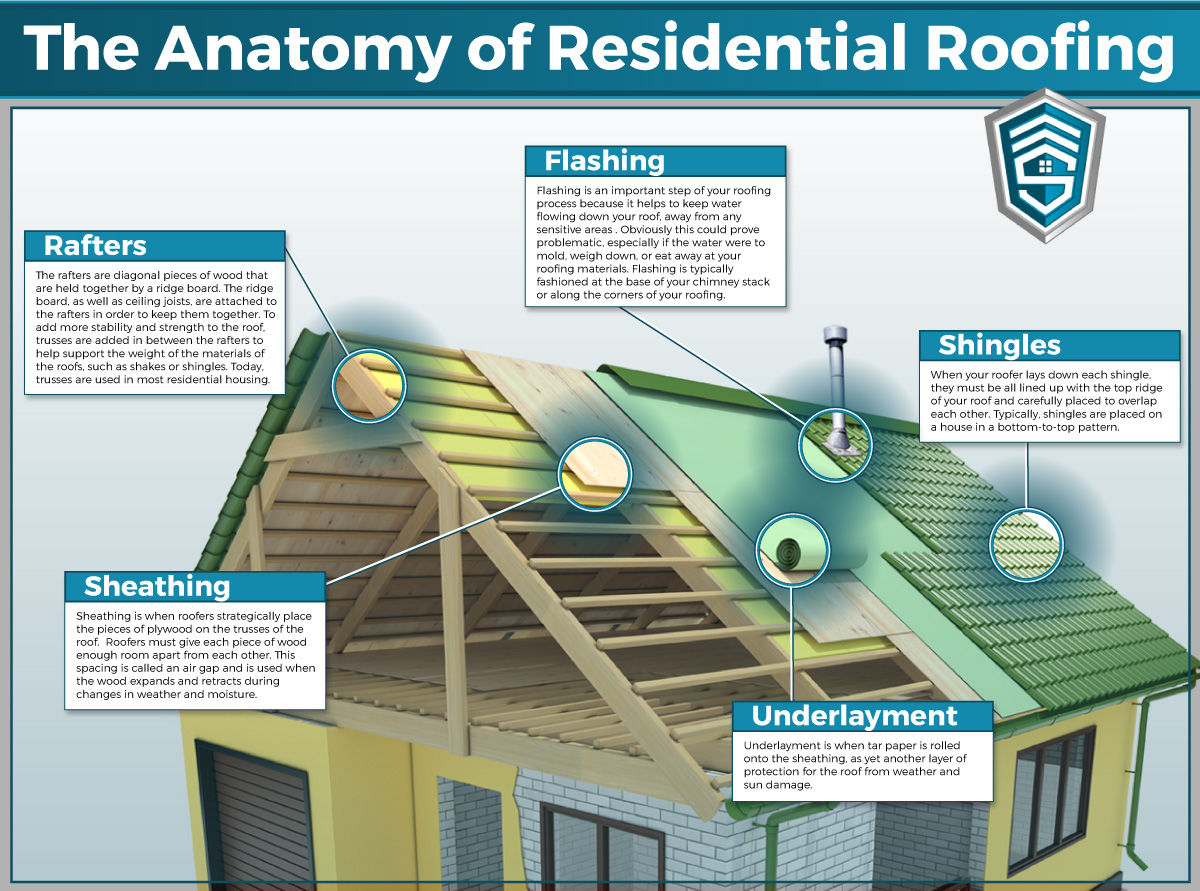Overlooking Roofing Air Flow Can Cause Costly Damages; Discover The Key Elements That Ensure A Successful Installation And Secure Your Investment
Overlooking Roofing Air Flow Can Cause Costly Damages; Discover The Key Elements That Ensure A Successful Installation And Secure Your Investment
Blog Article
Material Create By-Caldwell Rosa
When you're taking on a roof covering job, you may not think much regarding roof air flow, but it's even more important than you realize. Efficient air flow aids regulate temperature level and wetness in your attic, stopping issues like mold and structural damage. By recognizing just how to design and set up a balanced ventilation system, you can boost energy performance and prolong the lifespan of your roof covering products. So, what are the key elements to think about during installment that can make all the difference?
Significance of Roof Covering Ventilation
Roof ventilation plays a vital role in keeping the overall health and wellness of your home. By enabling fresh air to distribute with your attic, it aids regulate temperature and moisture levels. This balance is vital to protect against warmth buildup throughout warm months, which can cause enhanced power expenses as your a/c burns the midnight oil.
In addition, correct air flow significantly decreases the danger of moisture-related issues like mold and mildew and mold. If moisture degrees increase, your home's structural honesty can be endangered, resulting in costly repair work. You wouldn't intend to manage rotting timber or deformed roof products, right?
Furthermore, sufficient ventilation prolongs the lifespan of your roof. When warm and moisture are kept in check, your roof can do efficiently, stopping early deterioration. This indicates fewer headaches and costs down the line.
How Roof Ventilation Functions
Efficient roofing ventilation depends on the all-natural motion of air to create an equilibrium between intake and exhaust. When roof inspection san antonio set up vents, you're basically enabling fresh air to enter your attic while allowing hot, stale air to get away. This procedure assists manage temperature and moisture degrees, stopping problems like mold growth and roof damage.
Intake vents, generally discovered at the eaves, attract trendy air from outside. At the same time, exhaust vents, located near the ridge of the roofing system, let hot air surge and departure. The difference in temperature level produces a natural airflow, known as the pile impact. As warm air surges, it creates a vacuum that pulls in cooler air from the lower vents.
To maximize this system, you need to guarantee that the consumption and exhaust vents are properly sized and placed. If the intake is restricted, you will not attain the preferred ventilation.
Likewise, not enough exhaust can catch warm and dampness, causing possible damages.
Trick Setup Factors To Consider
When mounting roof ventilation, several essential considerations can make or damage your system's efficiency. First, you need to analyze your roof covering's style. The pitch, form, and materials all influence air flow and air flow selection. See to it to pick vents that fit your roofing type and neighborhood climate problems.
Next, think about the placement of your vents. Ideally, you'll desire a balanced system with consumption and exhaust vents placed for optimum air flow. Place consumption vents short on the roof and exhaust vents near the top to urge a natural flow of air. This configuration assists avoid moisture buildup and promotes energy effectiveness.
Do not forget insulation. Correct insulation in your attic prevents warm from escaping and keeps your home comfortable. Guarantee that insulation doesn't obstruct your vents, as this can prevent air movement.
Lastly, consider maintenance. Select ventilation systems that are simple to accessibility for cleansing and inspection. Routine maintenance guarantees your system remains to function successfully over time.
Conclusion
Finally, roofing air flow is necessary for a successful setup. By making sure correct air movement, you can protect against heat build-up and dampness concerns that cause expensive damages. When you strategically setting intake and exhaust vents, you boost power effectiveness and lengthen the life expectancy of your roof. Remember, a well-ventilated roof not just protects your financial investment but also boosts your interior air quality. So, focus on air flow to ensure a resistant and affordable roof for your home.
